Happy 1st Birthday to College Towns
I reflect on a year of weekly writing, running an academic Substack, and the future of the site.
Note: I am just going to let you know upfront that I don’t think people will like this article that much. It is like those old clip shows from pre-streaming era TV—always a bummer to realize the show you were watching was one of those episodes.
This week is more for me, and to let you know where my thinking is on the site and writing. If you want to know about that, keep reading. If not, scroll to the bottom to read something off my top-10 list of favorite articles from the year. I promise those will be better than this one. Thank you.
This week of October marks the one-year anniversary of College Towns. I officially launched the site on Oct. 10, 2024, with the first real post coming the next day on Oct. 11, 2024. I have posted two articles a week since then.
This first article was a dive into why I was starting the site. The origin of College Towns was partially related to the downfall of Twitter. I am constantly annoyed by Elon Musk, but perhaps if it were not for him ruining Twitter, I would have never started this site on Substack.
Finally Admitting Twitter is Dead
I did not want to accept that Twitter was dying. My account, politicsanded, had grown rapidly from 2021 to 2023, from a few thousand to over 15,000. It gave me wide audience to engage with in terms of my interests in urbanism, as well as my research background in international higher education.
Twitter’s demise was not the only reason for starting College Towns. Back in the summer of 2024, I had a couple of op-eds get published in media outlets that received some good buzz. This fortune gave me some confidence to keep submitting more. Around that same time, I had recently gotten tenure, too, which also provided some confidence (or maybe that’s just what job security feels like).
Despite my big head at the time, I quickly ran into the reality of the publishing world with a couple of rejections right in a row—both timely articles where the writing could not be reused. The rejections only pushed me to consider my own publication.
Why not? I had a popular Twitter account (RIP), well-received media articles, and recognition of my research through tenure. I had things to say, just not a regular spot to say them. Some of the things I wanted to say were just a bit too strange for popular media outlets.
So I decided to launch College Towns in Oct. 2024. My niche would align with my Twitter posting and growing research agenda: urbanism and higher education. The ethos for the site is to write what I would want to read. It has been a fun first year for the publication.
Future of College Towns
Since the inception of the site, I have published two articles a week for an entire year. That was my goal; I promised myself I would keep it… and I did! With a little help from some friends guest posting; thank you to
, , , and (If you are interested in guest posting, I am open!).Each week, I post at the start and end of the week (usually on Mondays and Fridays). I will just say this here: I am going to pull back from this two article per week schedule.
The Friday article at the end of the week is my version of the standard links round-up, which I call ‘Around the College Town’. These posts are, honestly, pretty easy to write. I just basically take things I am already reading and would have tweeted in the past, and then write them up in a post. I know these links round-up posts are not as interesting as my original article posts, though.
My original articles are usually posted on Mondays, and they are what I consider my main intellectual output on College Towns. I have published over 50 of them this year—over 50 original articles with original ideas and original analysis. I am proud of all of them, and believe that they are all good (though I do have my favorites; skip to the very bottom to see those).
These original articles do require a lot of work. I am usually in my office on Saturdays or Sundays cranking them out each week. Don’t get me wrong, I do have a lot of fun writing these original articles. I write things that I am curious about and would want to read anyway. It does, though, take a lot of time and effort to write them.
I have not run out of ideas either. Far from it! I have a running list in a Word document entitled *Substack Ideas that has 264 265 entries right now (a little sneak peek below). I update the document every couple of days—whenever I have a new idea or something pops up that is related to a past idea already on the list. This is not even to mention timely articles that arise when something happens (Trump, yes, but also things like a new season of King of the Hill dropping).
I do not usually start writing an article from scratch; instead, I pull from the list of items that already have links, comments, outlines, etc. It makes the writing process much easier. This is why I have been able to get the article out so quick. Both my recent H-1B changes and international undergrad student articles were partly written already, as I had long been thinking about these issues
All this being said, I need to pull back some attention from the writing on this site. While I see College Towns as an extension of my academic scholarship, I do not write for Substack during regular work hours. During regular work hours, I am teaching, doing service, or researching/ writing direct academic work (even if the latter bleeds into my work on this site).
This means I will be cutting my weekly schedule of posts. I need to give a bit more time to my book project on dead and dying colleges that I hope to finish by the end of the academic year. I am just not moving fast enough on it by writing during bankers’ hours only.
From here on out, I will be moving to a more monthly posting schedule for original articles. For now, I will continue to publish the weekly links round-up posts, since those do not take up much time. When I complete my book, I hope to return to a more regular schedule here on College Towns. I legitimately have fun doing this, so I am somewhat disappointed in myself that I have to take a bit of a break from it.
(Note: I am also having fun writing this book, too; but there are only so many creative juices in my brain per week).
I am also going to open up the payment option via Substack. The writing will remain free, but I am giving readers the option to donate to the research funds here. Opening the payment function will give a boost to the Substack algorithm that mostly promotes paid sites.
I am considering any money that College Towns produces as part of my research funding, as I mostly fund all of my research on my own now (certainly any research for site articles). I’ll lovingly call it the College Towns Research Grant (CTRG). The CTRG probably won’t make any money, but it will be there if interested.
6 Thoughts on Running an Academic Substack
1. I am a Very Small Niche
The tagline for College Towns is “where urbanism meets higher education.” Separately, there are massive audiences for both urbanism and higher education (or education broadly, as I often wade into). However, together, I recognize this is a very small and narrow niche.
Having a small niche like this is exactly what Substack should be about. I can never have the resources and capacity to do what the big comparable outlets produce in terms of quantity, access, and resources. This is one reason I try to steer clear of the big news and tell readers to just go check out Inside Higher Ed, The Chronicle, etc.
Because I am doing things in a different way from the mainstream outlets, I can offer something unique to readers interested in my niche. I get to do weird stuff that would simply be rejected (understandably) from the traditional sites.
I will say I think my best articles combine strong aspects of both urbanism and education, such as my post on walking to school or anything from my Education and Urbanism series. But I also see that sometimes the urbanism people don’t care about my more education-related posts, and the education people might think my urbanism takes are insane.
2. Affirmation by Peers in Academia
One thing I feel grateful for is that there are other peers in academia out here trying to make Substack work for their own writing and research. These are academics in my field who are also publishing quite a bit on Substack. Since they are producing interesting and worthwhile things here, too, it tells me I am not crazy for trying.
Specifically,
has been doing some really wonderful things on , along with a few other new initiatives, even bringing on institutional research with the . Likewise, has used as a jumping-off point for his recent book project, Capitalizing on College. They both help me think about what is possible and help affirm things we are all trying to do.I do think that we are on the cutting edge of where academic publishing is going. The peer review journal system is in a massive flux. The big publishers are viewed as making too much money off of our free labor, so academics have been eschewing reviews. I am not sure the current system is sustainable. I might not happen with Substack per se, but I do think something like our experiments here will be more akin to what more academic writing will look like in 2045.
I was even able to turn one article here into an essay for an academic journal. An editor of a journal approached me about my analysis on DeepSeek, asking if I would like to submit it as a commentary. So I re-worked it for journal form and it has since been published.
We can simply move much faster here on Substack than we can running our ideas through academic journals. It does not mean peer review is no longer needed, only that outlets like Substack are important companions for scholarly engagement.
3. Blurring the Lines Between Academia and Journalism
While I do still see my writing as scholarly academic, the speed at which it can come out does start to bleed into journalism. For instance, my previous original article on international student undergraduate populations was framed in response to Trump’s Compact offer (e.g., it was connected to current events and news). Was the context I provided academic research or data journalism?
The distinction likely doesn’t matter to readers, as long as it is accurate. But as an academic, the distinctions do matter to how my career is evaluated. I am sure I could have taken my data and analysis, added a theory section, some references, and a discussion, and gotten it published in some higher ed-related journal. But that would have likely taken at least a year, if not longer.
Instead, the Trump news dropped on a Friday and I had my article up on College Towns by Monday. It got cited by other outlets later in the week. In this case, I am blurring the lines between academia and journalism.
In some cases, I have done actual journalism. I was the only outlet in all of Orange County to cover the shuttering of a micromobility public transit service in my area. I even reached out to the transit agency and union for comment (although they were both kind of pointless and the most useful info was buried in meeting minutes and public PDFs). I view my review posts in a similar light.
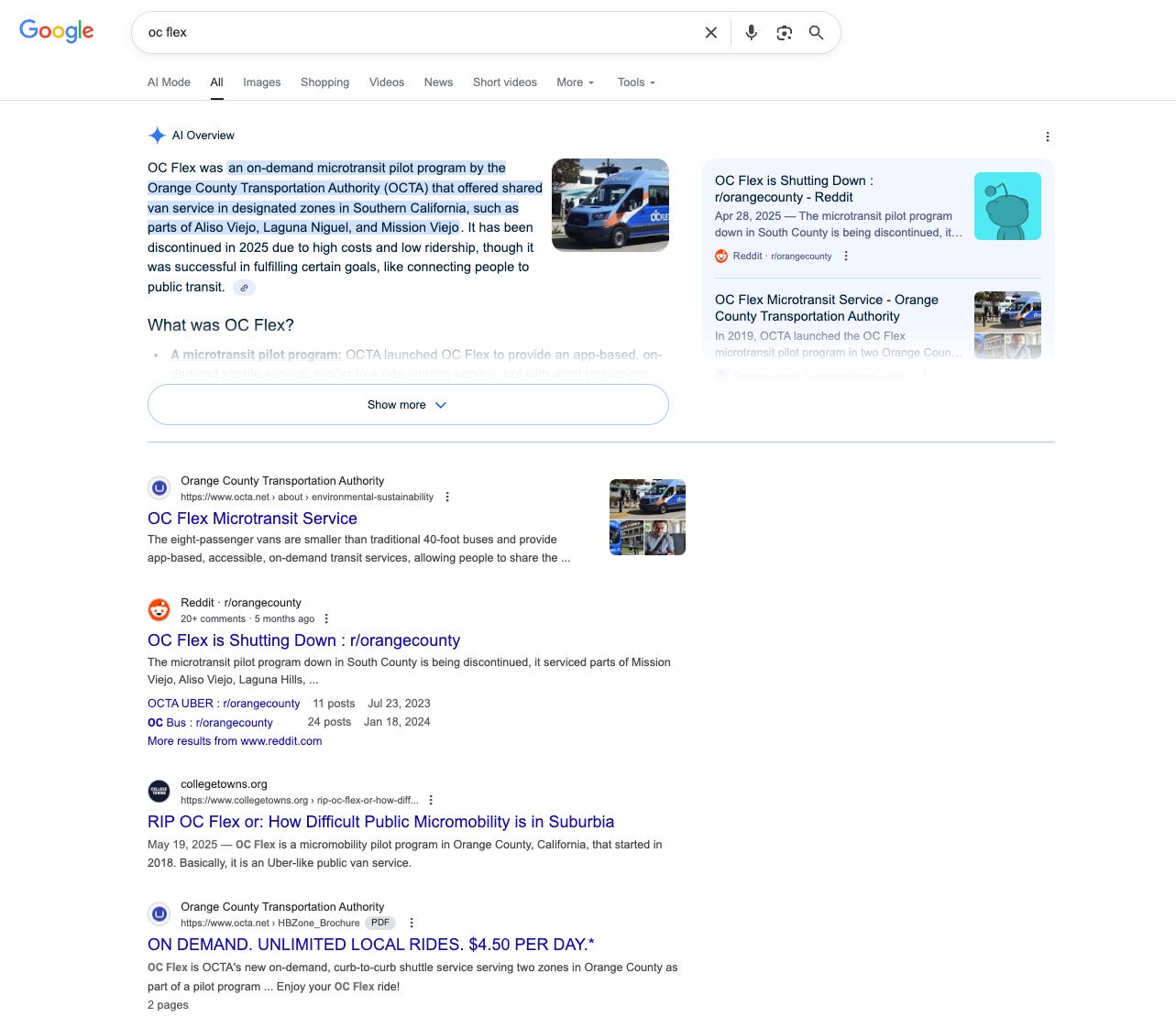
4. I Feel for Media Outlets
Running College Towns has given me more empathy for my journalist peers and the outlets they work for. Audience capture is real, and chasing the algorithm is unfortunately important. I can see that tying posts directly to hot events or trending topics gets them page views and clicks. I saw this with my aforementioned response to Trump news or even my King of the Hill posts.
Chasing page views, though, can pull away from the ethos of the site.
When the Charlie Kirk murder happened, I did not have much to say, even though it was an issue that directly impacted things on a university campus. I knew I could probably write something—I even had a few ideas, such as how universities have overcome tragedies with memorials or programs. But I just didn’t have it in me.
I am not simply doing this to get big or page views. I want to have fun while writing; I want to write things that are fun for me. things that I would want to read. I want to produce content that I would get excited about if I saw someone else posting it.
By not writing about the Kirk murder, I think my page views were hurt that week. The topic eclipsed everything else. Just a few days after his death, I posted what I thought was an insightful historical college football article that paralleled some modern changes. I had been thinking about this one for well over a year! It mostly got lost in the shuffle and is one of my least-read original articles.
Too Much Money in College Football? It’s Always Been America's Favorite Big Business
Certainly not more than three generations, each ethnic group has clicked into place in the union without losing the pluribus. When we read the line-up of a University of Notre Dame football team, call the ‘Fighting Irish,’ we do not find it ridiculous that the names are Polish, Slovak, Italian, or Fiji, for that matter. They are the Fighting Irish.
Sitting on the other side of this from someone who produces content now, I see how the media struggles with these same issues. I guess the old line “if it bleeds, it leads,” is more true today with the algorithms. Things like Trump or political fights are just going to drive more eyeballs. But I do not want to simply talk about this stuff all the time. While I sacrifice some page views, I also get to keep the site’s ethos. I can see firsthand how these challenges pose such a conundrum for modern journalism.
5. Writing isn’t Video
Another thing I have heard for years is that sites have been “pivoting to video” because that is what people want. Traditional and social media sites alike have rushed to put video on their platforms. Even as it is billed as a writing platform, Substack is no different. So I figured I would experiment with some video elements in my articles.
My video content on College Towns has mostly been a flop. My posts that were mostly video garnered the least amount of engagement. I even connected the videos to YouTube, which technically means College Towns is also a YouTube channel. Videos are usually a lot more work than writing, too. For the time invested into shooting and editing the videos, I find that the return on views just isn’t worth it.
Why Seoul's College Town High Line Rivals NYC's
Note: This is a video essay on the Gyeongui Line Forest Park in Seoul, South Korea, a former rail line that was redeveloped into a park. It is located in the Mapo area of Northwest Seoul, around four universities: Hongik University, Sogang University, Ewha Womans University, and Yonsei University.
I have a friend (nicholasjkurian) who is a teacher doing some cool things over at TikTok, creating videos on teaching and mentoring. He keeps telling me that I am missing out by not being over there. And perhaps I am missing on some connections to my work. But my experience here with video has just turned me off from it so far. I think I will continue to steer clear of video and stay a lowly Wordcel.
 Tiktok failed to load.
Tiktok failed to load.Enable 3rd party cookies or use another browser
6. Readership is Heartening Yet Pressurized
One of the major differences between academic writing and popular writing is the instant reactions. With journal articles, we can see our readers via our citations, and perhaps a comment at a conference. But this happens years later after publishing!
For postsf on College Towns, I can get reader reactions almost as soon as the post goes up. One of my favorite things is to schedule a post on Sunday night for Monday morning at 5 AM, wake up on the West Coast, and find I already have comments or reactions to my articles. It is instant feedback.
These comments can be quite heartening, like a person who responded to my Dazed and Confused article saying they grew up in Texas during the 1970s and my writing brought back fond memories for them. Or the slew of parents who applauded my work on the school car pick-up line, the bane of their existence. It feels good that readers are connecting with my writing in this way.
On the flip side, with readership, there is added scrutiny. I have had friends point out spelling, grammar, or graphic errors (thanks, Martin and Tristan!). If I do edit or amend something, I make sure to include a correction at the end of the article, the best I can (see an example on my “Age of Conquest” article).
US Higher Ed is in the Age of Conquest
There have been a lot of headlines about cuts to higher education and colleges shuttering recently. It seems like every day there is some story about a university (or entire systems) cutting departments or programs. Likewise, every couple of weeks news breaks of an entire college closing for good.
In one case, which I cannot go into exact specifics, a commenter claimed to be an insider and said my interpretation of something was wrong. I had to double-check my own source to confirm that they were simply on the other side of a small town squabble (I was right; they were wrong).
Writing these articles isn’t like just spouting off on Twitter. I even had Tintin’s legal team send me a scary email saying I had gotten something wrong (I was right; they were wrong).
Tintin Not in Public Domain?, Town v Gown in New Orleans, & More
Note: I use this link round-up to (mostly) focus on stories that fell through the cracks in terms of higher ed and urbanism, rather than big national news (although, sometimes I am forced to do the big stuff). Please send over any tips, authors, or content to cover.
Of course, some will just be mad at the analysis or the perspective. Some have got quite angry at my writing on international students, given the anti-foreigner rhetoric. Likewise, everyone is mad at higher ed right now, so I sometimes feel like a solo Jon Snow taking on the charging horde of Ramsay’s army. They think American universities are bad, I say they are good, even great (I was right; they were wrong).
In the end, readers of my articles mustn’t be wrong, but my writing must be right. Academic literature also has some of this kind of scrutiny, but because it is slow and goes through so much peer review, the pressure is lowered. Writing here on Substack means that I must take on these responsibilities myself.
My 10 Favorite Articles
Here are my favorite articles that I wrote over the first year of College Towns. I add a short commentary on why I like it and some thoughts about the writing/ reaction. The top six or so could probably change weekly, but my top three are pretty firm.
10.
Why Finland, Norway, & Sweden Are the Least Happiest Countries in this Ranking
It seems like every week there is some new ranking that gets released and posted online. The best something, the worst something, the top something, the X something. We love rankings! They make abstract ideas easier to understand through a direct comparison on a single number, a process we call
Why I like it: This idea is something I long had been thinking about before I even had a Substack. The site just gave me the platform to actually do the work. I do think it is quite relevant and could live on in classrooms. I am going to think about it every time I see a dubious ranking get posted on LinkedIn, and I hope others do, too.
9.
Solution to the Student Housing Crisis? My Review of BOXABL
BOXABL is a Las Vegas-based company founded in 2017 with the goal of ending the housing crisis. The company’s CEO, Paolo Tiramani, promises that “in mass production, you do not have to sacrifice on quality.” The ethos is that building housing should be quick, cheap, and affordable, but also sturdy and beautiful.
Why I like it: My review of BOXABL was the first time I went on location for an article. I really enjoyed that process. It might seem like adding work to vacations, but it actually was more like getting a little quest to complete. A lot of fun! Plus, I think the review could be useful to campuses looking into housing options. Helpful!
8.
Introducing the Papal Ranking of World Universities
The world has a new Pope, and he is from the US Chicago! The big news for this page was that Pope Leo XIV, formerly Cardinal Robert Prevost, went to Villanova University. What an honor for the Philly school.
Why I like it: This one was just silly, but also timely. I think writing should be fun and this was just a fun article to write and read. It did take a lot of digging, and AI was pretty worthless in the research actually. It now gets picked up on Google and other AI services. So even though it was supposed to be fun, there is some real information in there!
7.
No, You and a Couple of Friends Shouldn't Buy a Dead College
When colleges shutter for good, they leave behind campuses full of buildings, like dorms, sports facilities, Old Mains, and a multitude of other structures that need to find adaptive reuses. It may be surprising to discover that sometimes these campuses are going for pennies on the dollar.
Why I like it: This article allowed me to dip into my book research. I am not going to be able to put everything in the book, including videos, so this was a nice outlet. It is also one of my more popular articles, which helps affirm the book project on the same topic that will take years before people can read it.
6.
RIP OC Flex or: How Difficult Public Micromobility is in Suburbia
OC Flex is a micromobility pilot program in Orange County, California, that started in 2018. Basically, it is an Uber-like public van service. In 2025, OCTA announced that the pilot OC Flex program would be coming to an end.
Why I like it: I think this article deserves more views, but I understand it is a very local issue. Not even Orange County-based newspapers posted about the shuttering of the service (which is one reason my article gets some good hits via Google). I also think the post can be illustrative of similar challenges in urbanism for much of suburban America.
5.
Where Did the DeepSeek Team Go to University? Not in the US.
The news that DeepSeek released an AI large language model (LLM) that rivaled OpenAI shocked the world. The small Chinese firm reportedly achieved this feat at a fraction of the price done by the American counterpart, undercutting the business model with a comparable model that is cheaper and open source.
Why I like it: I felt like I broke some news in this article that no one on the planet had yet. The media reporting about DeepSeek kept mentioning the employee college backgrounds, but provided no evidence or links—I provided the confirmation through this post. This still gets hits on Google today!
4.
The School Car Pickup Line Is a National Embarrassment
I teach a lot of international students about the US education system and our schools. Whenever they go into our schools for the first time, one of the things that always shocks them is the school car pickup traffic lines. These lines are ugly, annoying, dirty, and they have become a common mainstay in American schooling.
Why I like it: This article is actually my most popular post according to Substack metrics. It was something that I had long been thinking about and making posts on Twitter. This site gave me a chance to put everything into one post with data and commentary. It is an issue that resonates strongly with a lot of people. I have a planned follow-up article scheduled this year, too.
3.
The Urbanism of the 'King of the Hill' Reboot
King of the Hill first aired in early 1997 and ran for 13 seasons on Fox until 2010. What a run for the cartoon depicting life in a small Texas town. But everything is new again in the streaming era, so the beloved show got a reboot on Hulu in August 2025 for its 14th season.
Why I like it: This one could have easily been my #1. I always had a soft spot for King of the Hill, even though I’m from Oklahoma. The reboot was quite good! There were so many things in comparing the 90s/2000 version of the show to the reboot that highlighted modern and changing American society. I also caught a good wave with the release, catching some algorithm in Google, making it my most popular article according to their analytics.
2.
Celebrating the Timeless Allure of Tintin's Aesthetics
The Adventures of Tintin was a Belgian comic by the artist Hergé that ran from 1929 until 1976. As the first publication, Tintin in the Land of the Soviets, is now over 95 years old, the character has entered the public domain in the US as of Jan. 1, 2025.
Why I like it: I wrote this article fairly early in the lifecycle of College Towns. I had not really had any hits until this Tintin article. It is another one that I thought about long before even making the post (I guess there is a theme there). I still get a little whimsy just looking at the cover illustration. This article is also my most linked-back post on the site.
1.
The Education and Urbanism of 'Dazed and Confused'
Dazed and Confused is a 1993 movie that depicts the final days of the school year back in 1976, the US Bicentennial. It has become a cult classic because of its legendary cast, soundtrack, and overall vibe.
Why I like it: This article is my favorite one on College Towns. It might actually be my favorite thing I have ever written. It combines a lot of themes that I often use in my writing: data, pop culture, nostalgia, Americana, and fun. I really enjoy doing these ‘Education and Urbanism” entries—the series really captures the whole ethos of College Towns.
My only regret is choosing this AI image of Ben Affleck holding an iPhone as the cover image. Perhaps this is why the article was not as widely read as I would have hoped. Or perhaps the topic is so niche it’s basically just for me. Nonetheless, I don’t care; this is my favorite piece of writing on the site, and I hope I can produce more like it in year two and beyond.



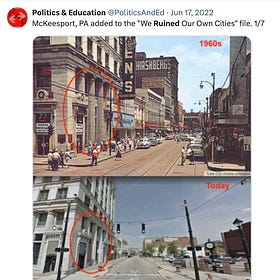
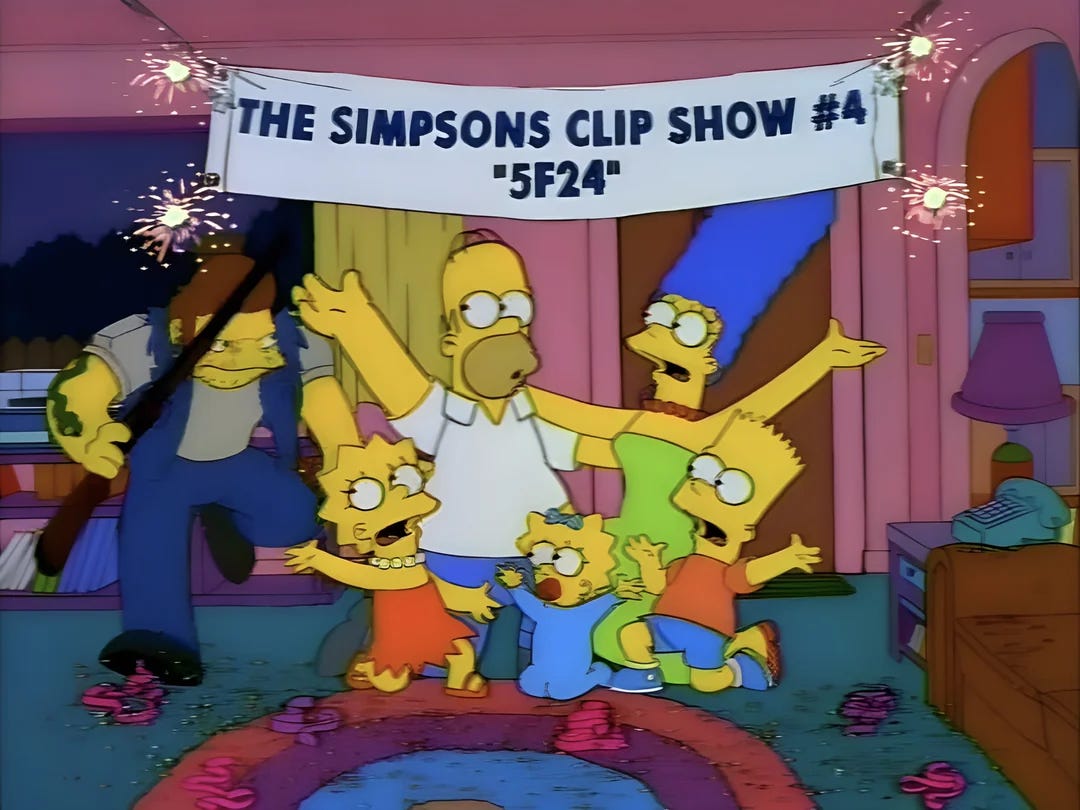

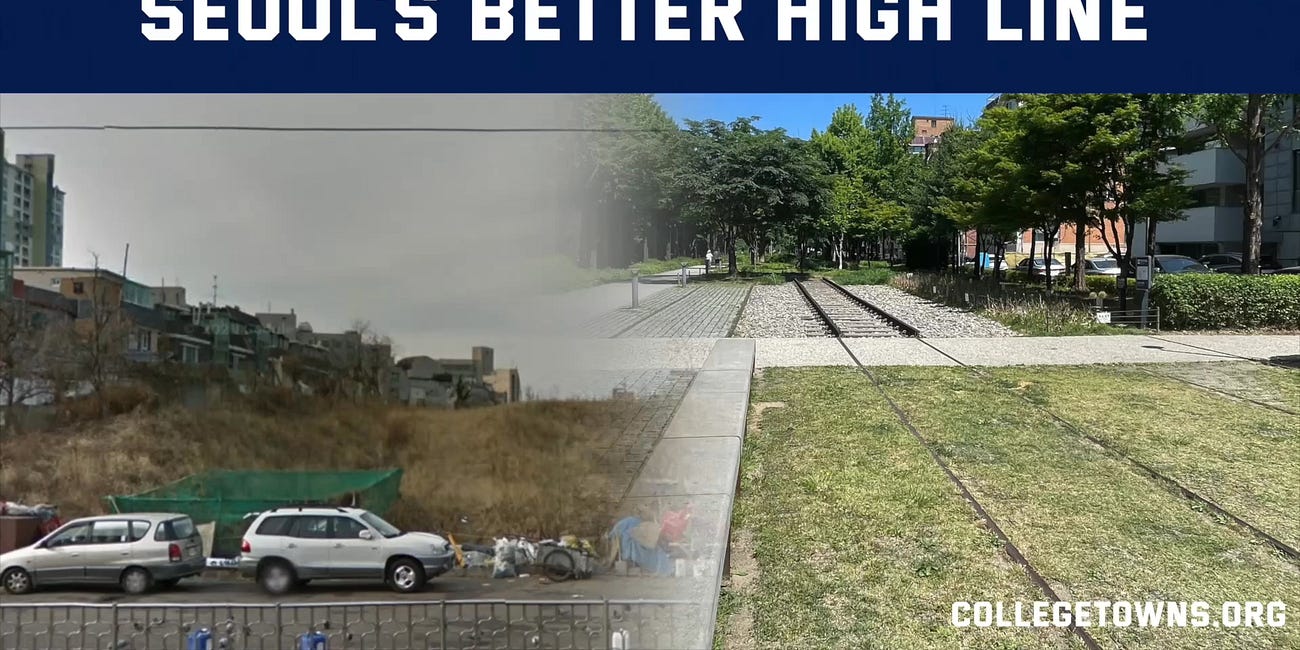
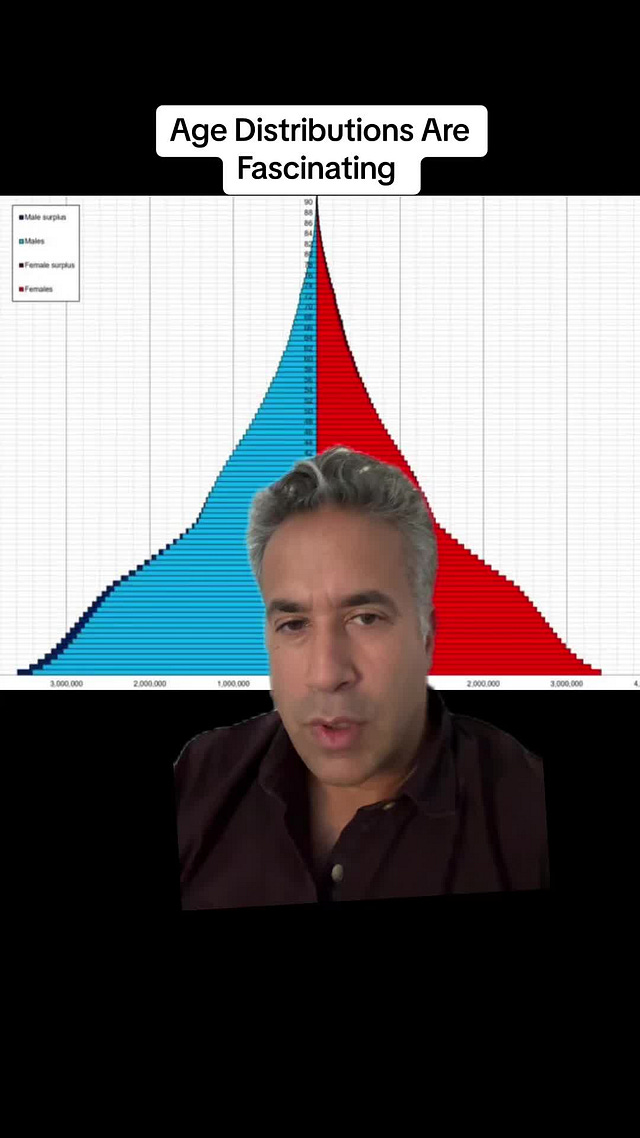
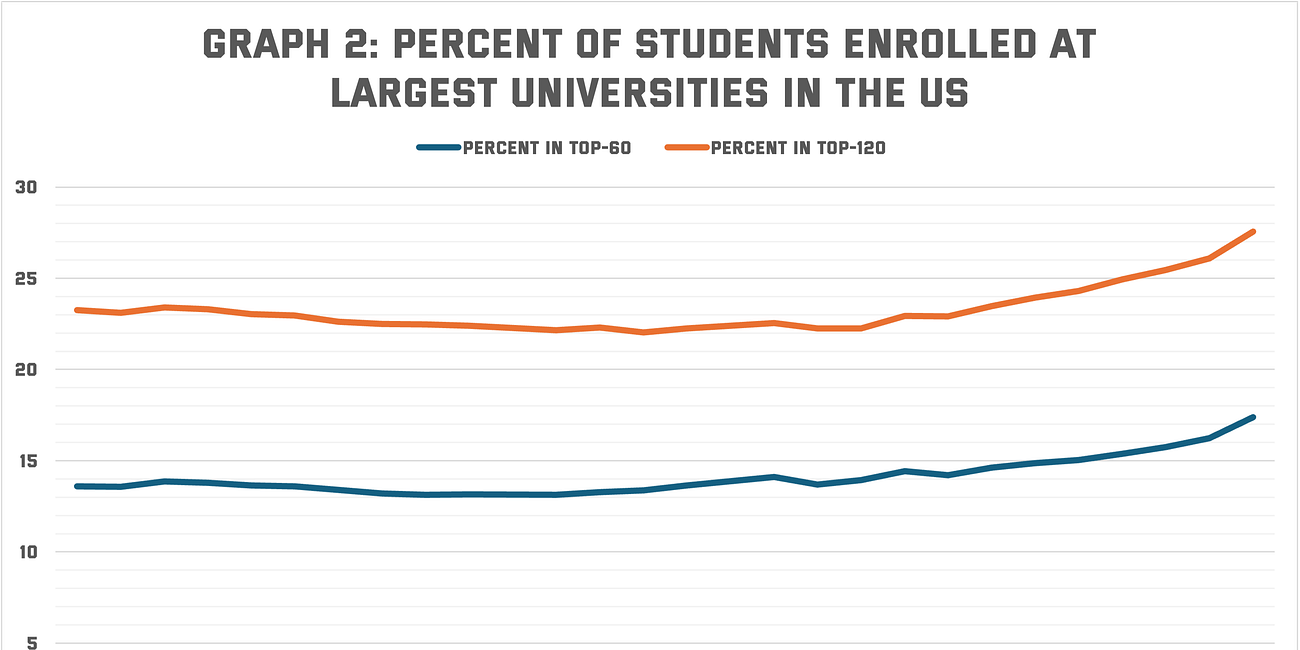
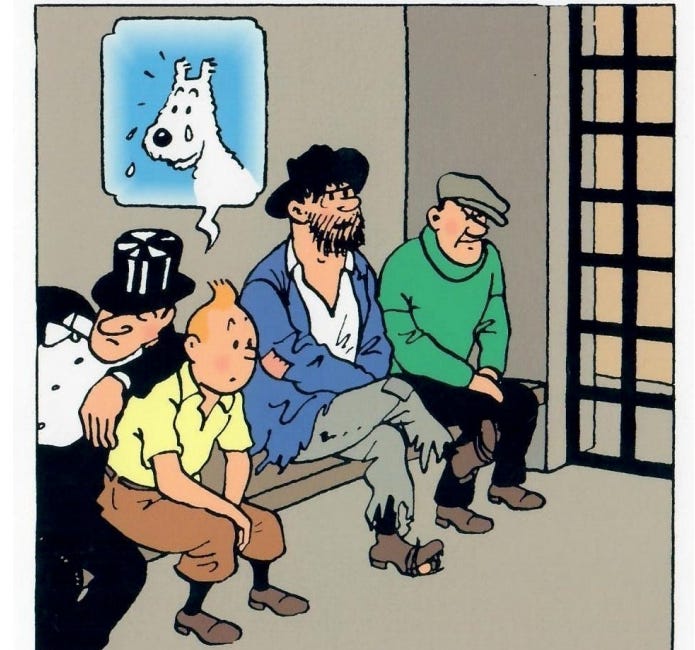
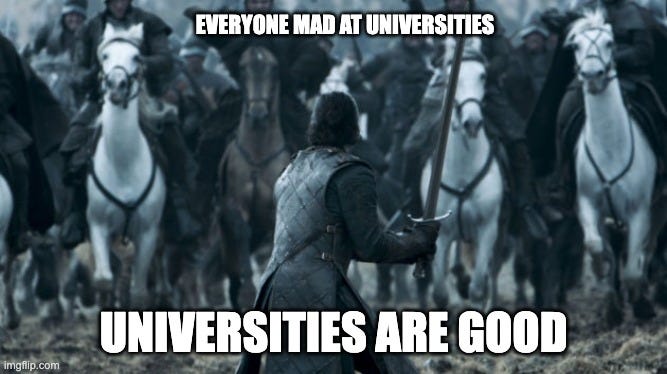
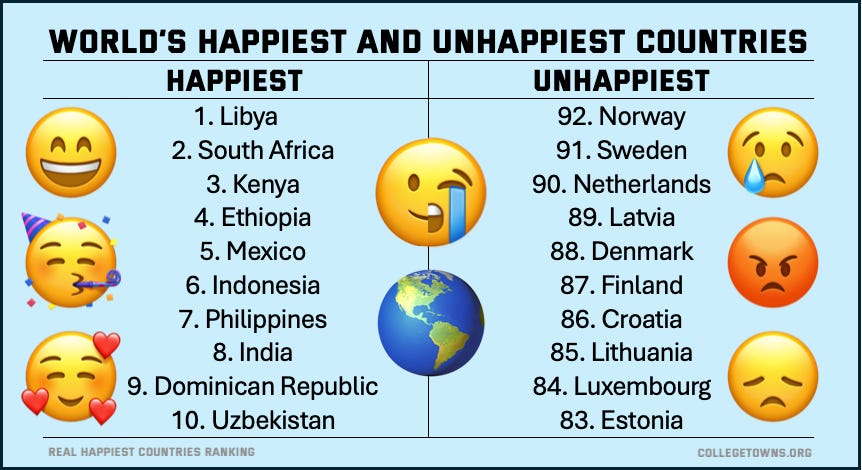
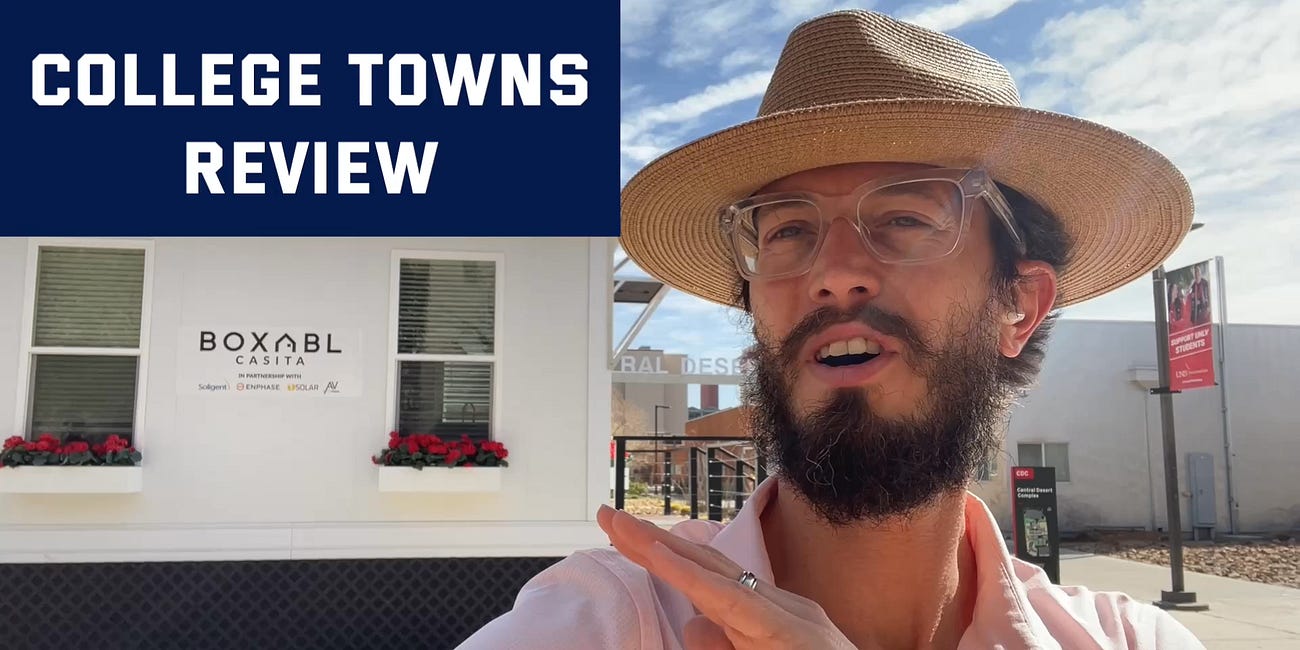

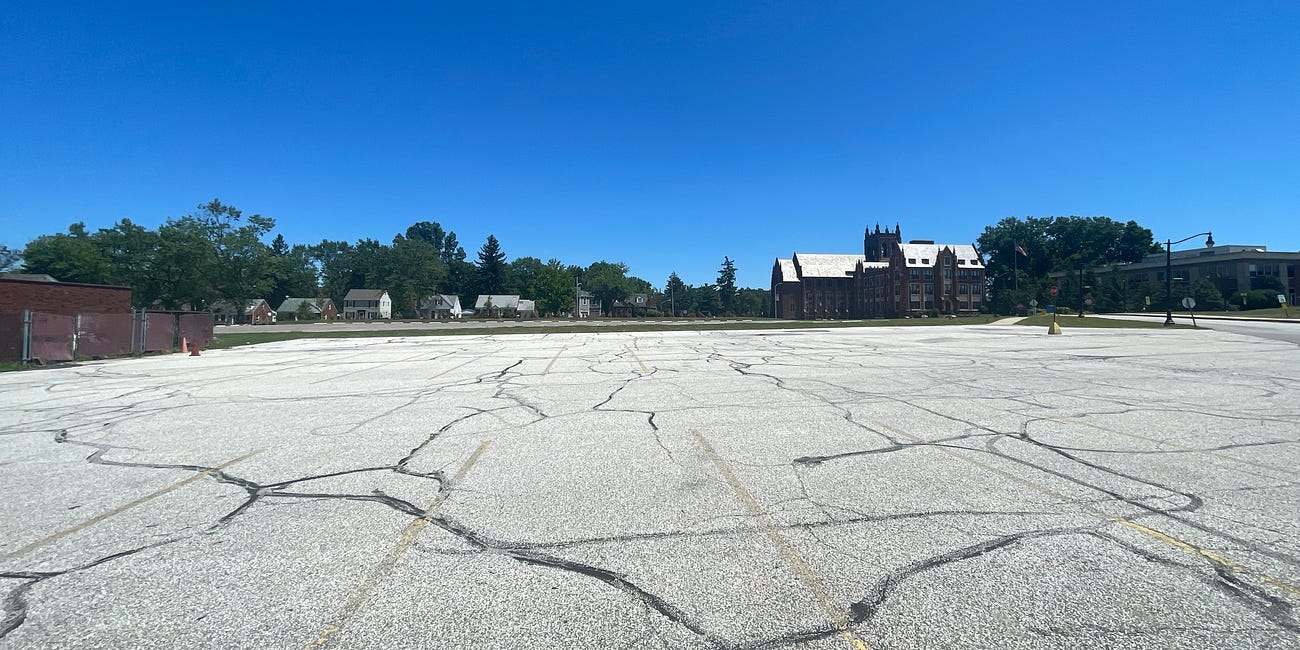
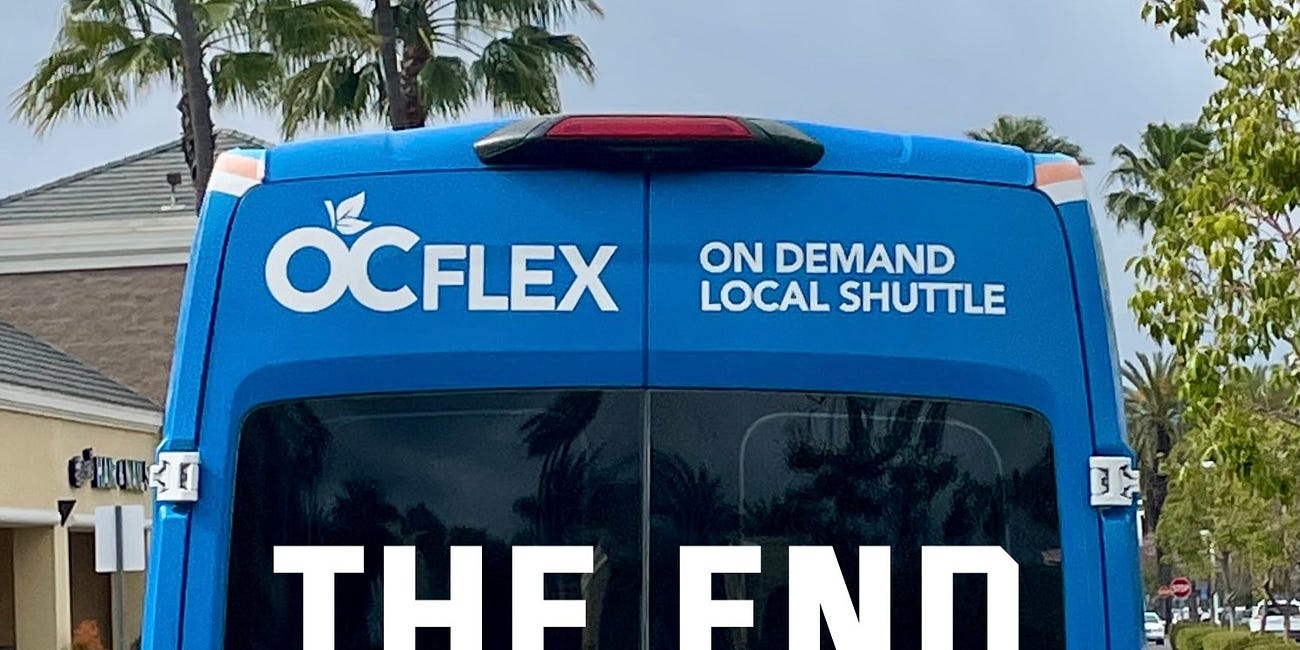
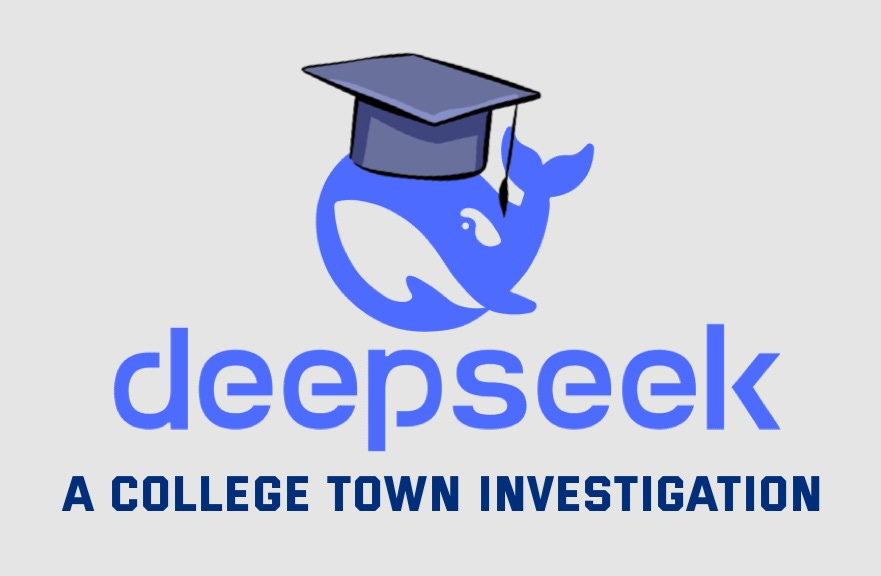
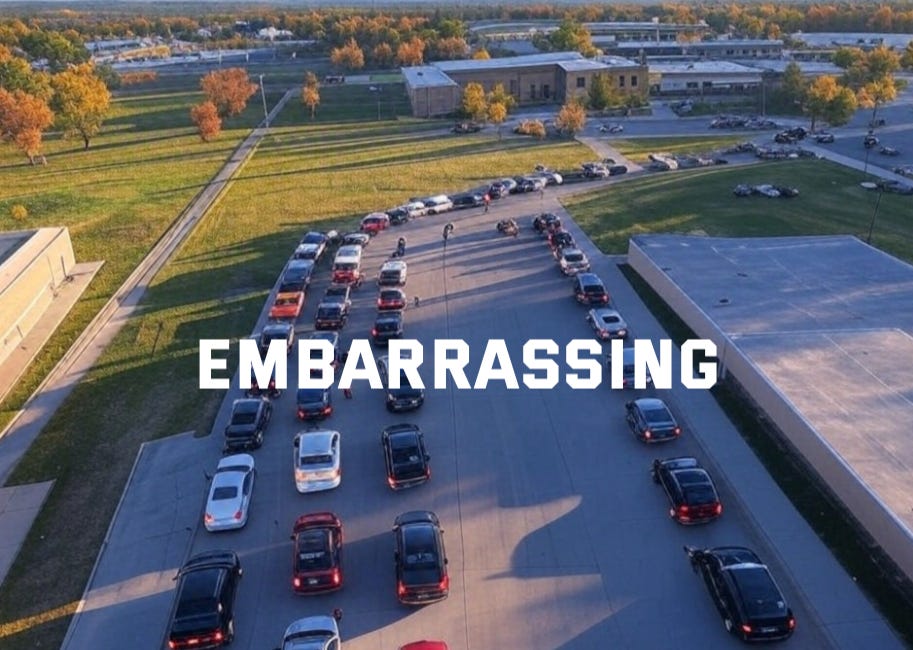
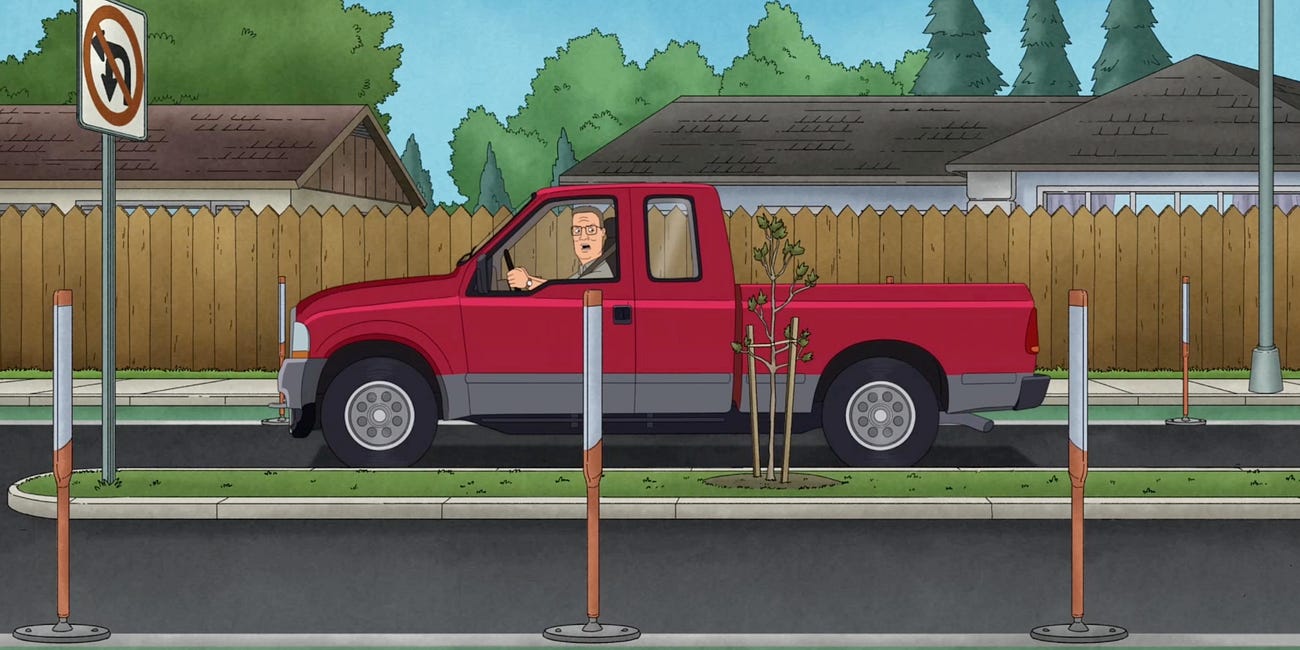
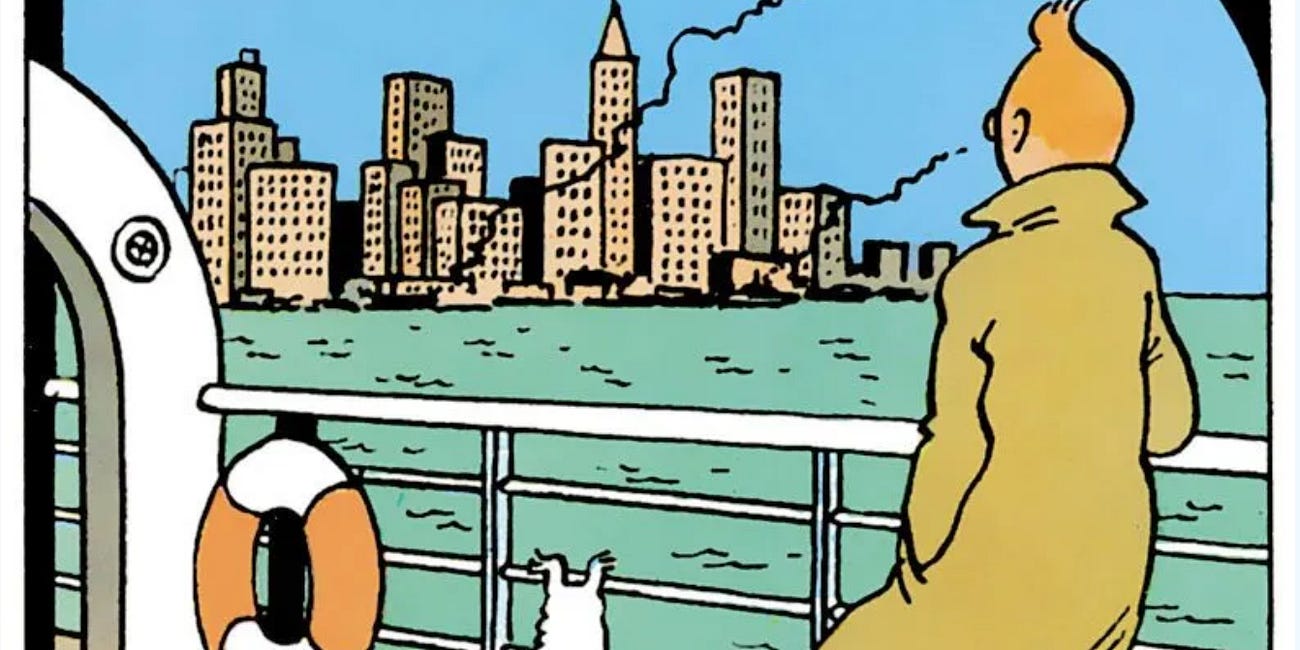
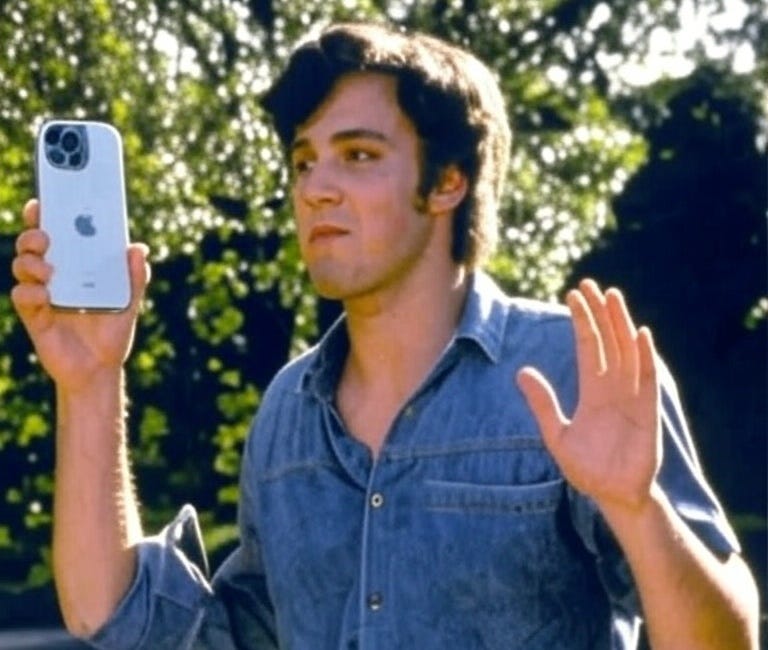
Congratulations on one year! Looking forward to the book
Thank you for creating the platform and being open to collaboration!